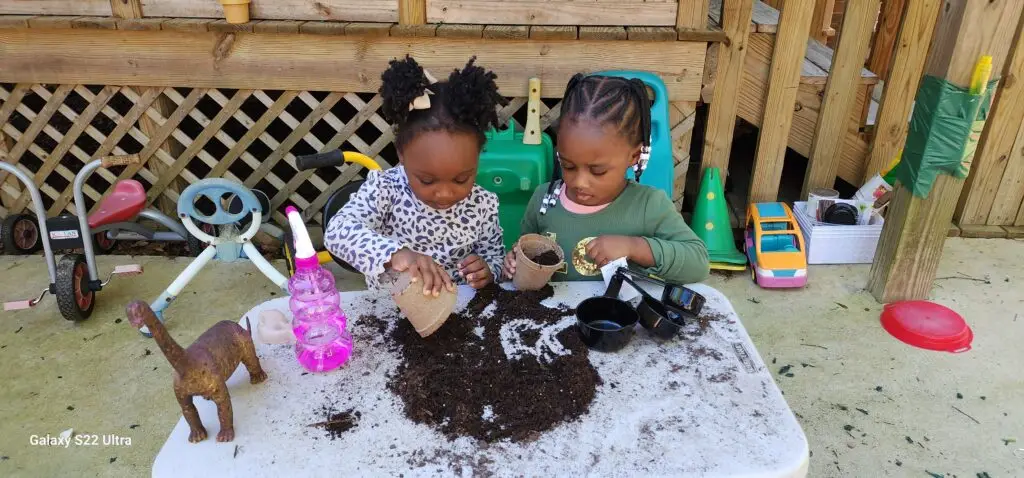This article has been written by Alicia Jordan, a partner of the Alabama Farm to ECE Coalition. Alicia is a dedicated small farmer with a passion for sustainable agriculture and community engagement. As the owner of Boots on the Farm Consulting, LLC, she combines her background as a former early childhood education teacher with her love for the land to nurture growth in both crops and young minds.
Planting seeds with young children can be a fun and educational experience that introduces them to the wonders of nature and growing plants. Here are some tips to make the process engaging and safe for young children:
Choose Child-Friendly Seeds
Opt for seeds that are easy to handle and grow quickly. Good choices include sunflowers, marigolds, beans, or radishes. These plants germinate quickly, giving your child instant gratification.
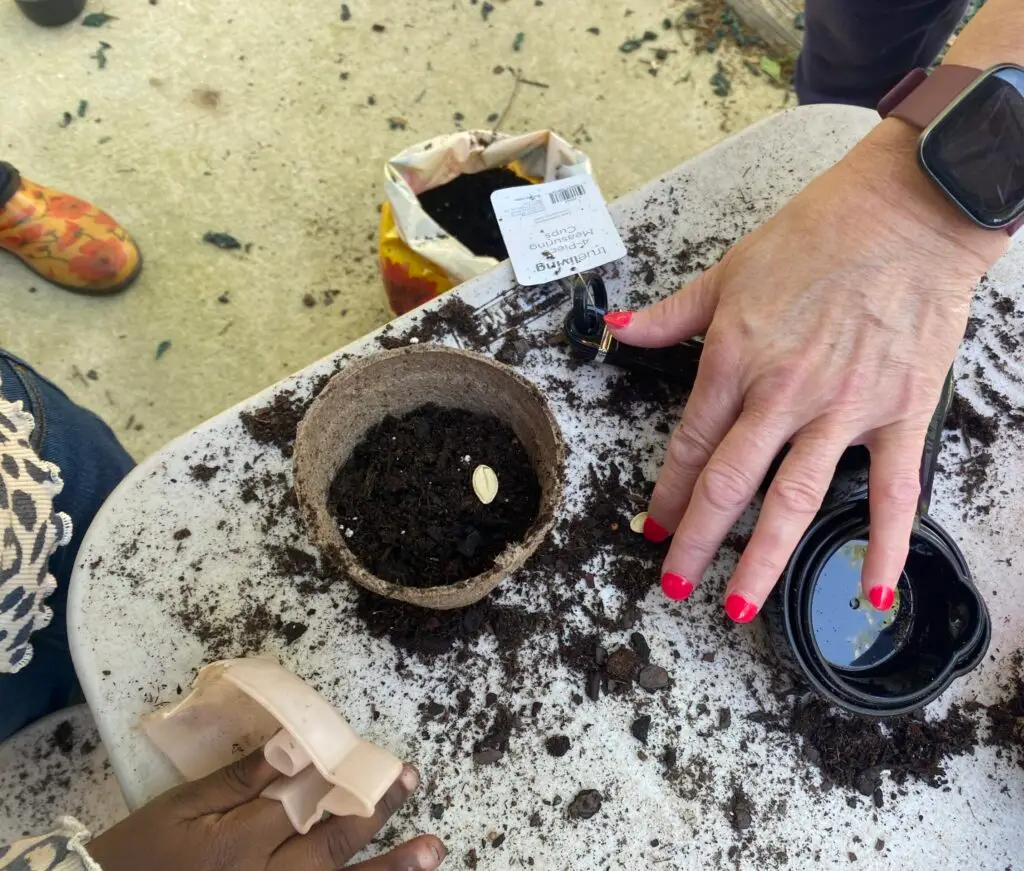
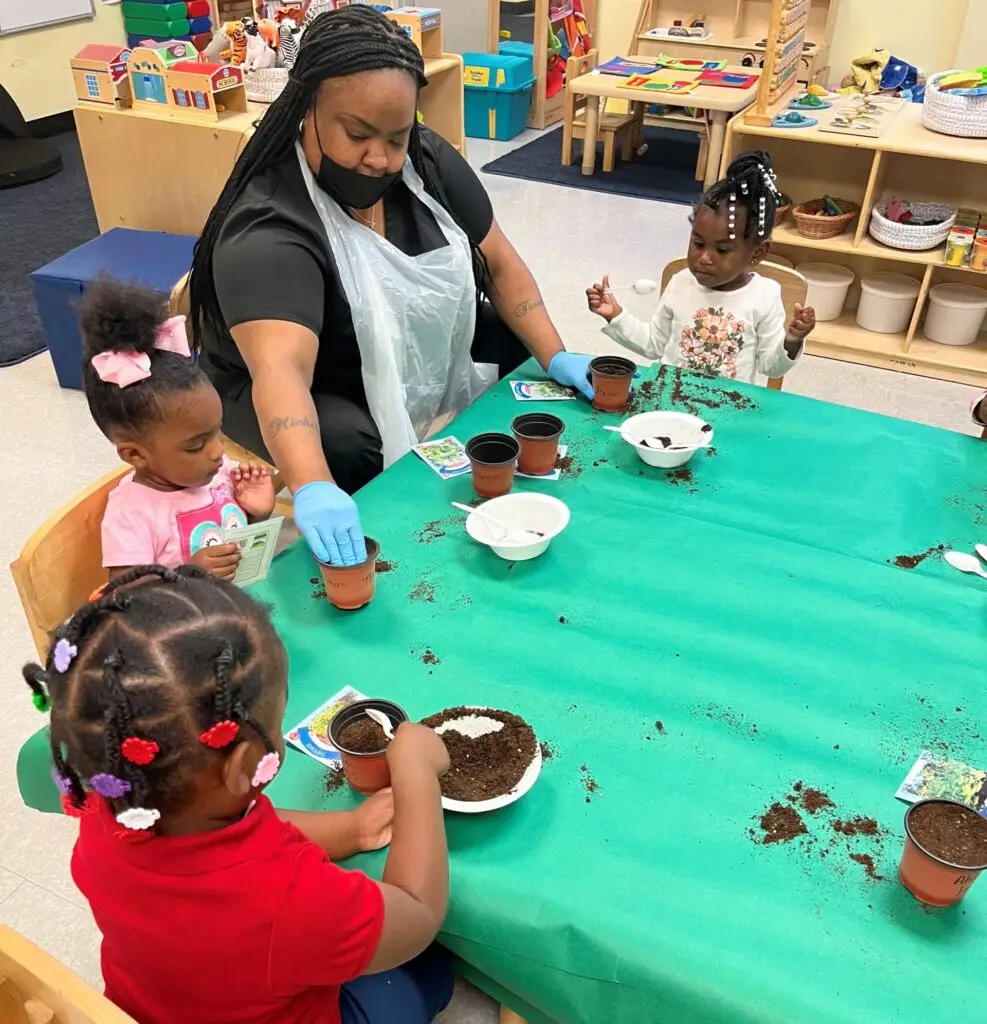
Use Large Seeds
Choose seeds that are easy for little hands to hold, such as beans or peas. This allows your child to plant the seeds more easily and feel a sense of accomplishment.
Provide Child-Sized Tools
Use child-friendly gardening tools, such as small shovels and watering cans. This makes the process more manageable and safer for your child.
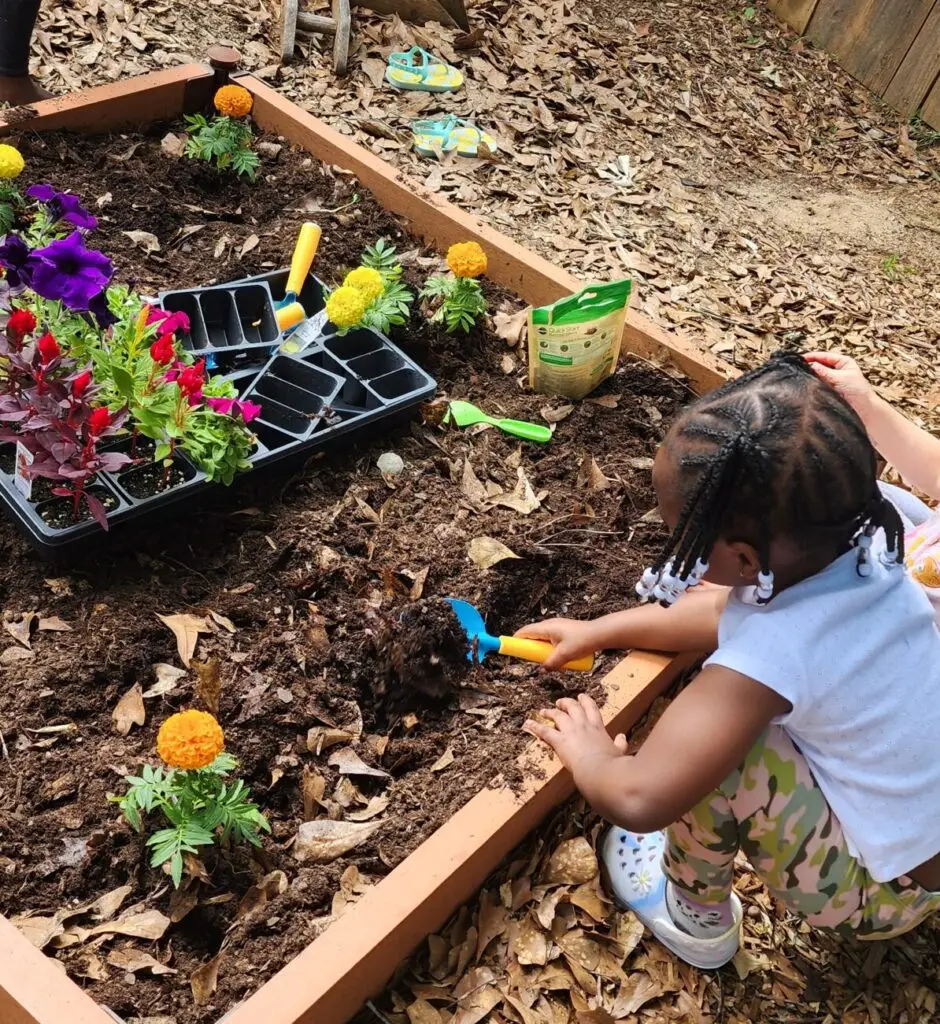
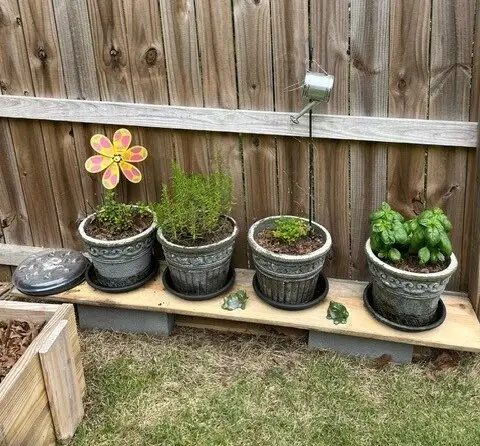
Create a Dedicated Space
Designate a small area in the garden or use pots for your child to plant their seeds. This gives them a sense of ownership and pride in their planting.
Show and Tell
Explain each step of the planting process and let your child watch you demonstrate. Use simple language and gestures to keep their attention.


Hands-On Planting
Allow your child to participate in each stage of planting, from digging a small hole to placing the seed in the soil and covering it with dirt.
Label the Plants
Use labels with pictures or words to identify the plants. This helps your child remember what they planted and follow the growth process.
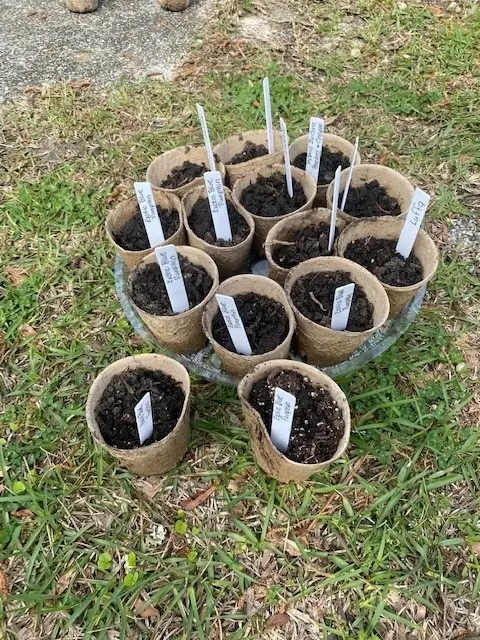
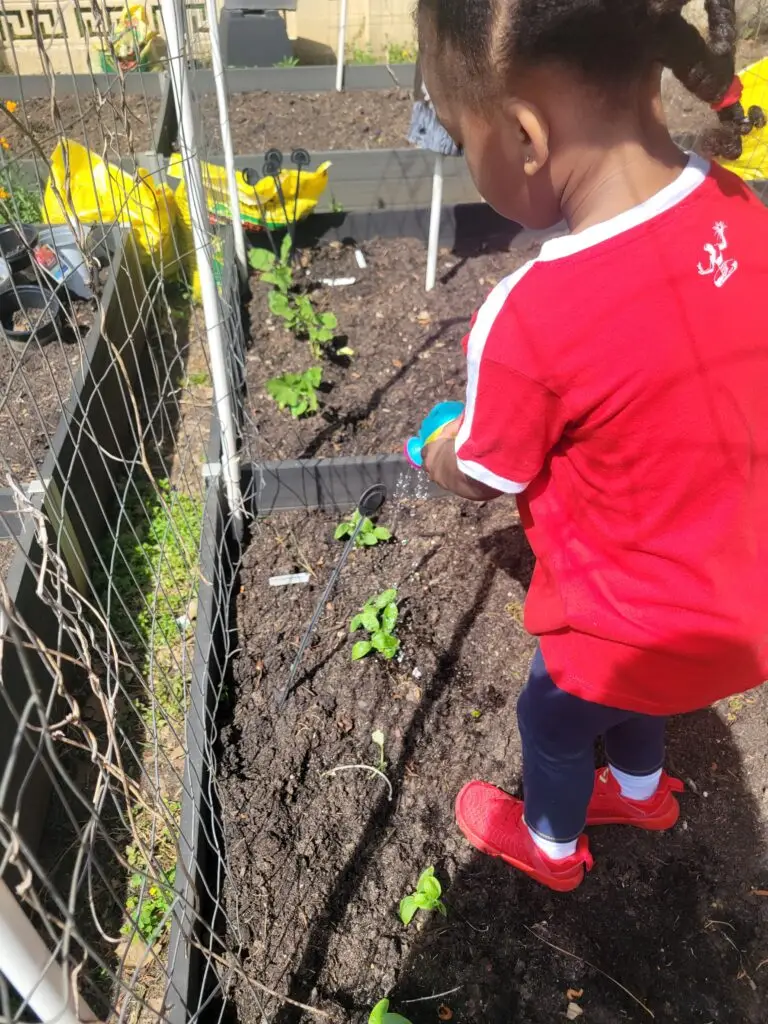
Water Together
Show your child how to gently water the seeds. This is a great opportunity to teach them about the importance of water for plant growth.
Track Growth
As the plants grow, track their progress with your child. Measure the plants and talk about how they’ve changed over time.
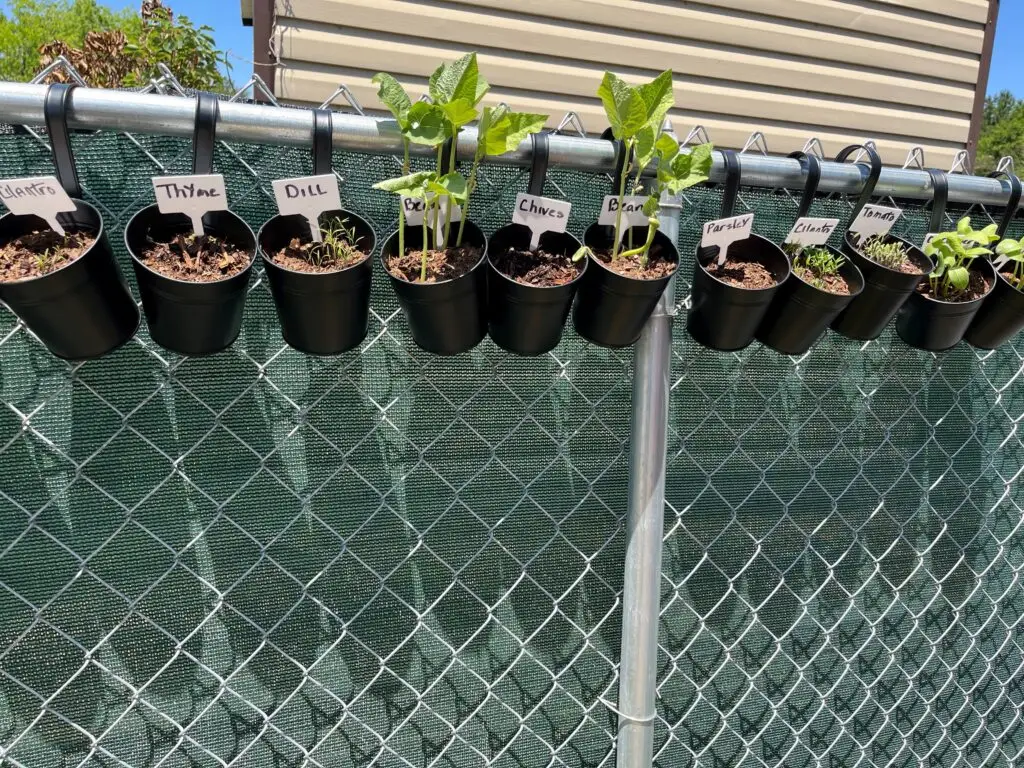

Incorporate Stories and Songs
Make the experience fun by incorporating farm and garden-themed stories, songs, and rhymes. This helps reinforce the learning experience.
Encourage Curiosity
Let your child explore and ask questions about the planting process and the plants themselves. This nurtures a love of learning and discovery.
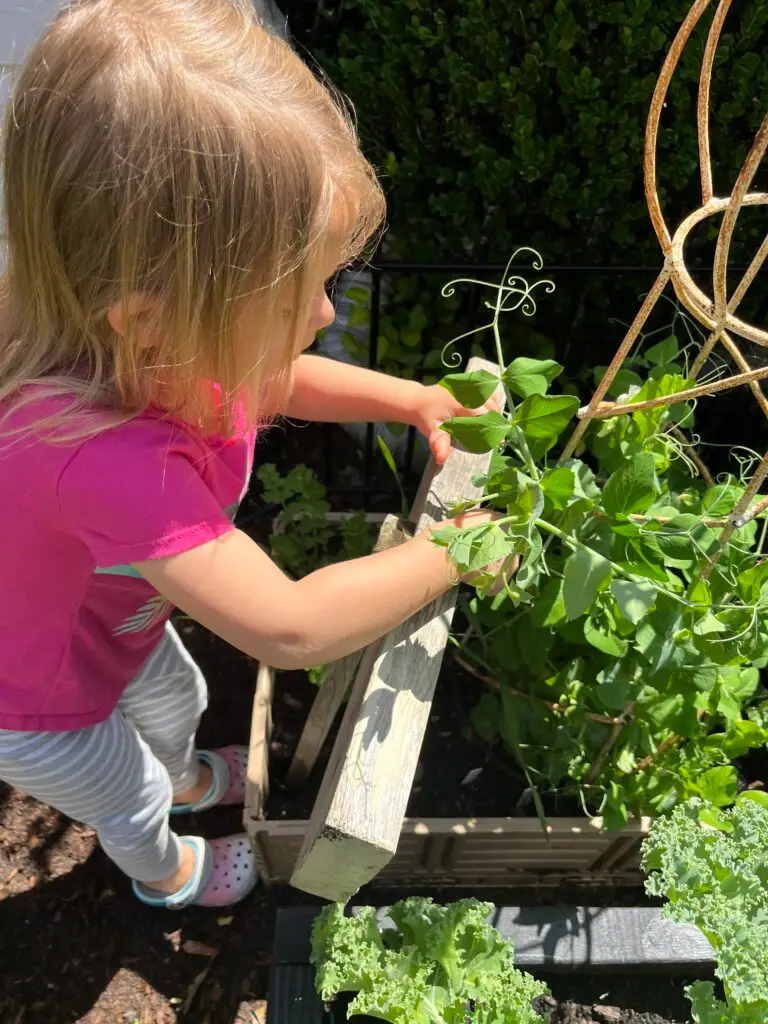

Celebrate Success
Celebrate your child’s achievements, whether it’s the act of planting the seeds or watching the plants grow. This builds confidence and a positive attitude toward gardening.
Remember to supervise your child closely during planting activities to ensure their safety. By involving your child in planting seeds, you are fostering an appreciation for nature and the environment while also teaching them responsibility and patience.
